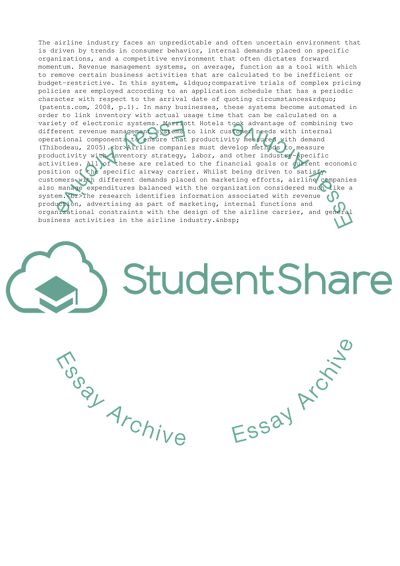Cite this document
(“Airline Pricing Strategies Research Paper Example | Topics and Well Written Essays - 4000 words”, n.d.)
Airline Pricing Strategies Research Paper Example | Topics and Well Written Essays - 4000 words. Retrieved from https://studentshare.org/management/1742603-airlines-pricing-strategies
Airline Pricing Strategies Research Paper Example | Topics and Well Written Essays - 4000 words. Retrieved from https://studentshare.org/management/1742603-airlines-pricing-strategies
(Airline Pricing Strategies Research Paper Example | Topics and Well Written Essays - 4000 Words)
Airline Pricing Strategies Research Paper Example | Topics and Well Written Essays - 4000 Words. https://studentshare.org/management/1742603-airlines-pricing-strategies.
Airline Pricing Strategies Research Paper Example | Topics and Well Written Essays - 4000 Words. https://studentshare.org/management/1742603-airlines-pricing-strategies.
“Airline Pricing Strategies Research Paper Example | Topics and Well Written Essays - 4000 Words”, n.d. https://studentshare.org/management/1742603-airlines-pricing-strategies.


